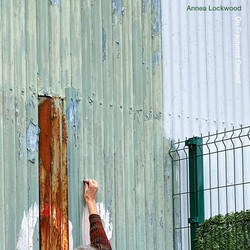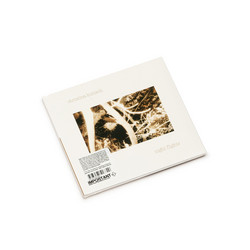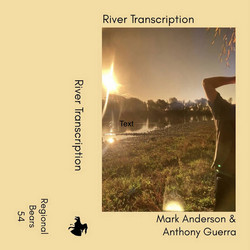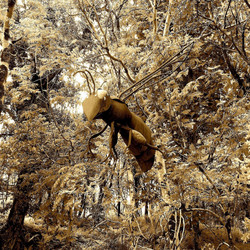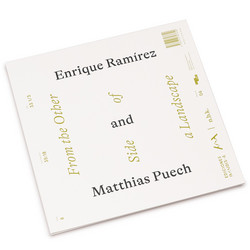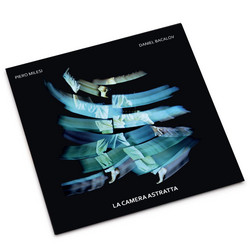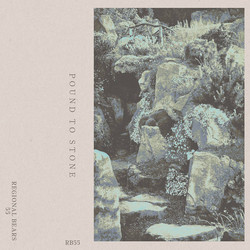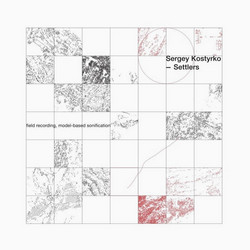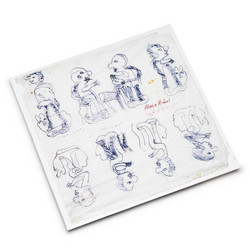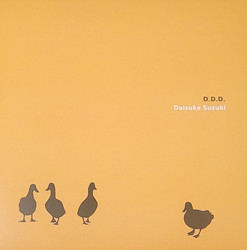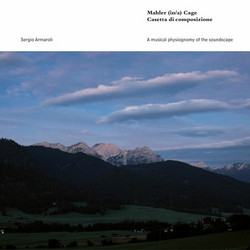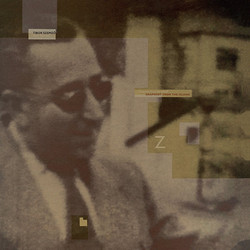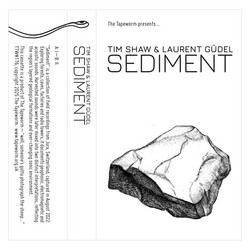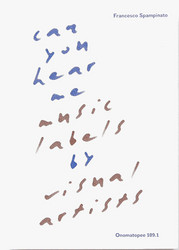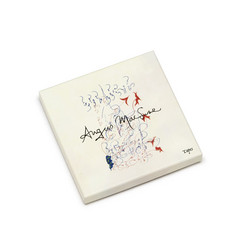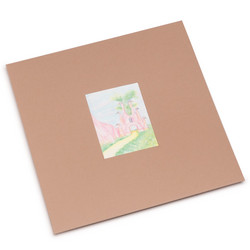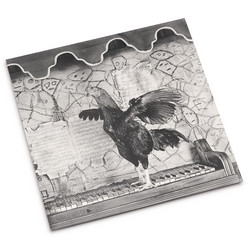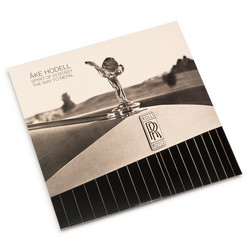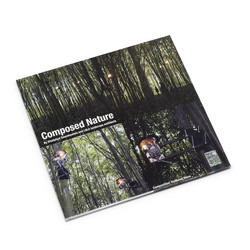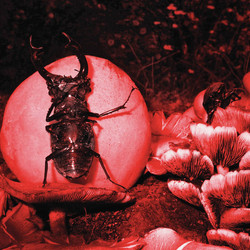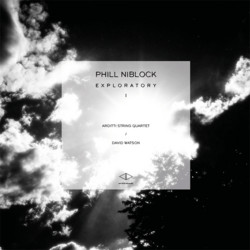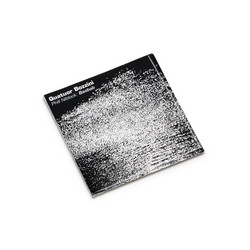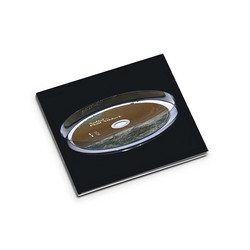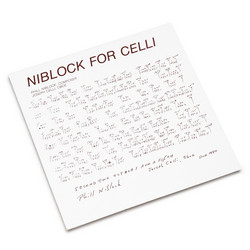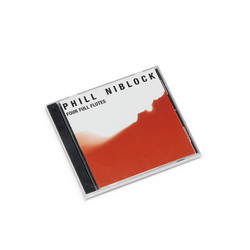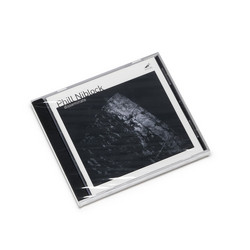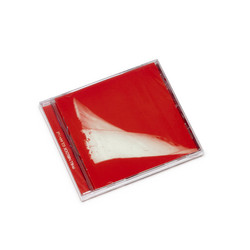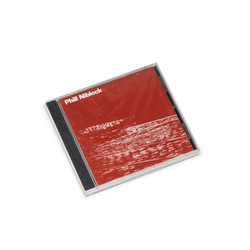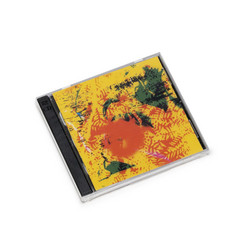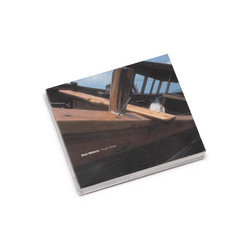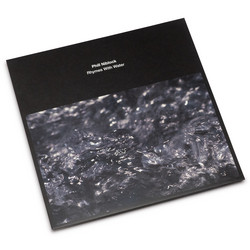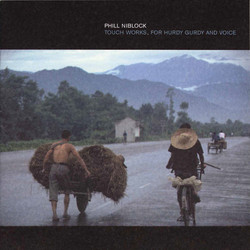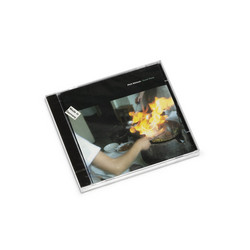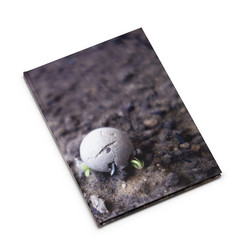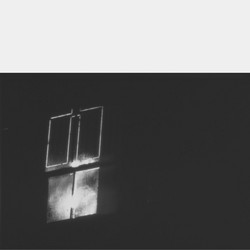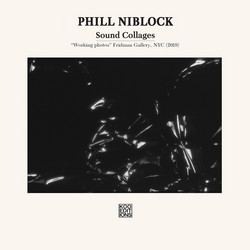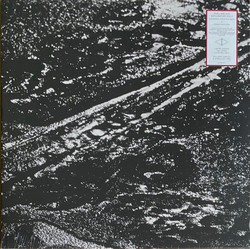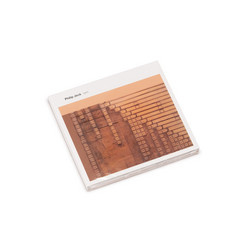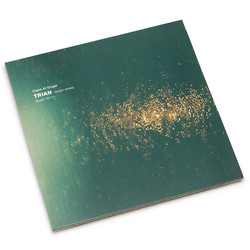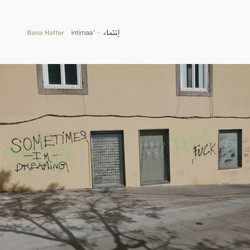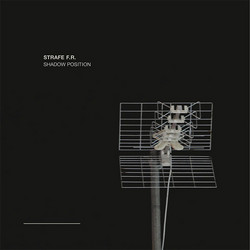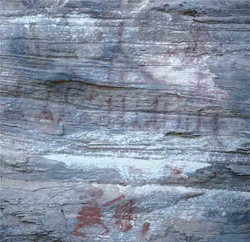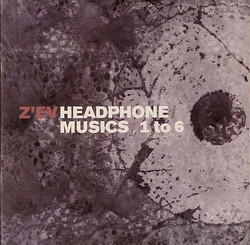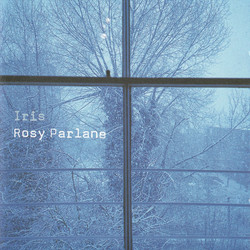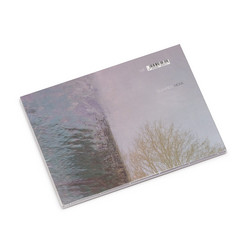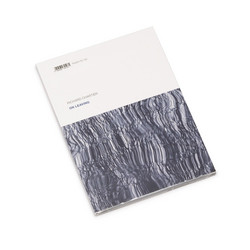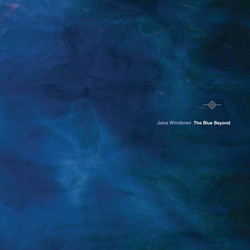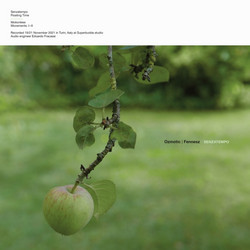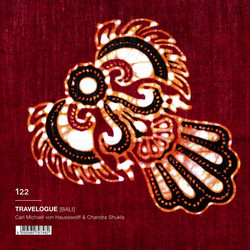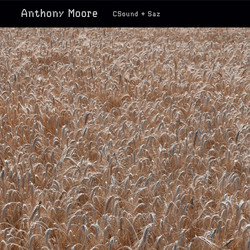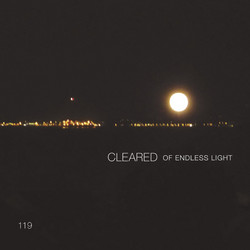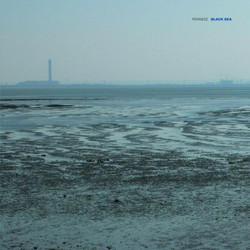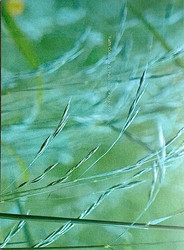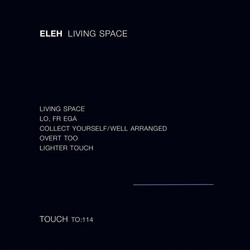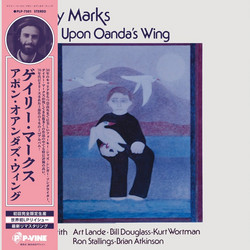USB in digipak; 11 films, three hours 55 minutes. Films includes: Praised Fan, for bassoon (2016, 17 min) Dafne Vicente-Sandoval, bassoon. Commissioned for the Adelaide Festival, Australia, by Ilan Volkov. Material recorded at Marcus Schmickler's P I E T H O P R A X I S studio in Koln, Germany. First Out, for guitar (2015, 22:14) David First, guitar. Completed in November 2015 in Hong Kong. Premiered on Czech Radio in Prague, Czech Republic, Nov. 27 2015. Material recorded at Berklee School of Music, Boston, MA; DreGliss (2015, 19:15) Erik Drescher, glissando flute. Material recorded at Marcus Schmickler's P I E T H O P R A X I S studio in Koln, Germany; V&LSG (2015, 21:20) Lore Lixenberg, voice, Guy De Bievre, lap steel guitar. Material recorded at Johan Vandermaelen's studio in Aaigem, Belgium. Bag (Sept 2014, 21 minutes) David Watson, bagpipe. Material recorded at Berklee School of Music, Boston, MA; A Rooks Pun (2014, 21 min) Ulrich Krieger, soprano saxophone. Material recorded at The California Institute for the Arts, Valencia, CA; Ronet (2014, 21:08) Neil Leonard, tenor saxophone. Material recorded at Berklee School of Music, Boston, MA; Octavio Perc (2014, 20:45) Julien Ottavi, percussion. Material recorded at APO33, Nantes, France; Vlada BC (Nov 7, 2013, 20:00) Elisabeth Smalt, viola d'amore. Material recorded at Marcus Schmickler's P I E T H O P R A X I S studio in Koln, Germany. Euph (Nov 2013, 23:40) Melvyn Poore, two-belled euphonium. Material recorded in the Ensemble Musikfabrik studios in Koln Germany; Unipolar Dance (Oct 2 2013, 25:04) Pauline Kim and Conrad Harris, violins and violas (for two violins and two violas, recorded in stereo). Material recorded in Robert Poss's Trace Elements studio in NYC, NY. The music is eleven minutes longer than the film length, so the last music piece is faded at the end of the film, but is complete in the music files which are on the USB memory stick in 24 bit, 44.1.
"Phill Niblock's music and films contravene the drive of local memory and anticipation integral to much musical and cinematic experience, the sense that each moment is conditioned by what directly preceded it and what came before that, while simultaneously pointing forward to resolutions or further complications, driving toward closure, always toward the sense of an ending in which all threads are tied, all paths satisfactorily closed. This conception of temporality is fundamental especially to pre-20th century Western music, and basic to both conventional narrative cinema and even advanced artists' moving image works . . . The films, I suggest, require a suspension of expectation, the viewer opening himself/herself up to an experience of delight in color, in scale, rhythm, in the unfamiliar; in the visual arrangement of shaded planes on a flat screen surface that simultaneously depicts figures in recessive space. The films demand an embrace of a continuous presence, with future and past fading into irrelevance as they recede from and come into being. Only the present has import. Conventional cinematic concepts like closure, montage, and development are out of play. It is the joy of the moment based on the hypnotic magic of the recording of motion, of sound, of time -- relatively recent achievements in the long history of human technology." --Grahame Weinbren
